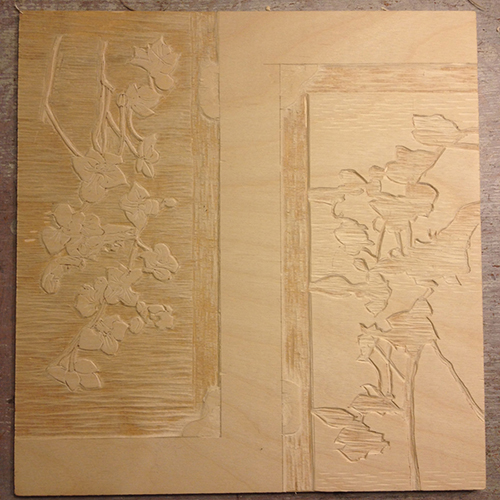I've just received a reply from The British Museum. They only allow five objects to be shown in one viewing so I've chosen The Foxes, The Rat, The Goldfish, The Dog and The Okimono of Turtles.
I am fascinated by the Goldfish. Orange and bulbous with gigantic scowling forehead.
"This ugly, yet adorable, goldfish is known as the lion-head goldfish or ranchū, and is highly regarded in Japan. Keeping goldfish as pets became popular from the 1800s onwards. By Masanao I of Ise (1815–90), Japan. Made of boxwood, inlaid with light and dark horn eyes (F.1074)" Dressed to impress: netsuke and Japanese men’s fashion Noriko Tsuchiya, curator, British Museum.
A Riot of Goldfish
One of my books recommended by Lucinda at Mr B's Emporium was 'A Riot of Goldfish' by Kanoko Okamoto. Mataichi, the main character of the story is obsessed with breeding the perfect goldfish to impress the woman he has quietly loved since their childhood. This netsuke takes me to a moment in the book which where Mataichi opens the lid of one of the jars in his laboratory to view his goldfish.
"Awakening to the light of the electric lamp, the pair that had been lying together began to swim at a leisurely pace, now in tandem and now apart. Their tail fins were three or four times larger than their bodies were wide or long. So when they unfurled their delicate silk fins and gowns spangled with black stars, their bodies and heads were momentarily obscured. But soon there bobbed into view, like a Corpulent French beauty or a graceful and majestic woman of the Tempyo era, a round body, eyes, and a mouth with eyebrows, that made you want to paint them." A Riot of Goldfish' by Kanoko Okamoto
Perfection vs Passion
Mataichi's obsession to create perfection through controlled conditions is greatly contrasted with Shiko Munakata's impulsive expressive nature but both are driven and passionate and dedicated to their creative explorations.
Munakata himself has said "the mind goes and the tool walks alone", but actually his extraordinary speed springs from intense concentration, a capacity for passionate absorption. The idea must not be twisted around, badgered and revised, doubted and restudied. It must come out in one creative surge" Soetsu Yanagi on Shiko Munakata - The Woodblock and the Artist - Southbank Centre London 1991
As I look over my netsuke prints I am aware of their imperfections. I have so much to learn if I want my carvings to be perfect but when I look at the work of Shiko Munakata I see the life force exploding from his prints and it makes me consider my own practice. Do I want to spend my time seeking perfection and obsessing over every line I carve or do I want to passionately dance to the nature of the wood?













